Get Focus insights straight to your inbox
While concerns about a government debt crisis in the near term has subsided, several unresolved issues continue. These are keeping the sovereign risk premium on longer-term government debt embedded at elevated levels. Furthermore, President Cyril Ramaphosa’s indirect, low-risk approach is bearing fruit, in consolidating his power base and furthering his policy strategy, including tackling corruption.
Constructive developments on the sovereign debt management front
There have been some constructive developments of late when it comes to South Africa’s sovereign debt situation. The first constructive development has been a further moderation in the government debt trajectory over the medium compared to the February 2021 Budget Review projection, which forecasts debt to peak at 88.9% of GDP by F25/26.
A smaller shortfall in tax revenue receipts, combined with underspending, has lowered the main budget deficit for FY20/21 to 11.2% of GDP, which is significantly better than the June 2021 forecast of 14.6%.
The second constructive development has come in the form of the reduction in the size of the weekly bond auctions, from a massive R8.6bn to R5.1bn in the new fiscal year.
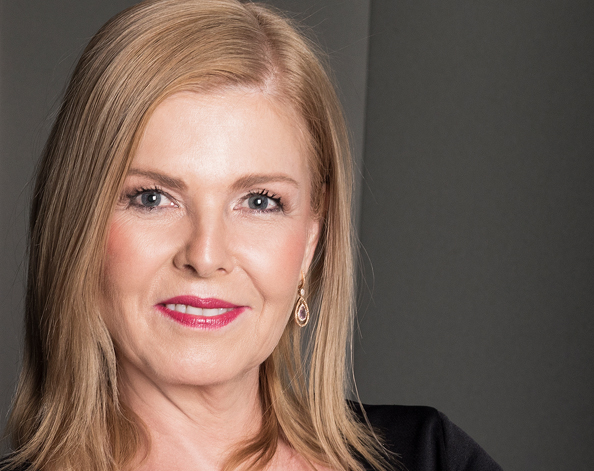
While concerns about a government debt crisis in the near term has subsided, several unresolved issues continue. These are keeping the sovereign risk premium on longer-term government debt embedded at elevated levels.
However, the sovereign risk premium has not yet responded in a meaningful way to this development, owing to long outstanding uncertainties. As a result, the stabilisation in debt servicing costs has become more challenging, since the interest rate on funding bonds remains above the increase in nominal GDP growth. In addition, a larger share of revenues is being allocated to servicing debt costs.
Global factors have also taken a more challenging turn for local bond yields. Rising cost-push inflationary pressures emanating from the disruption in the supply chain of goods and amplified by soaring commodity prices, are exerting upward pressure on global bond yields. Under these circumstances, a rerating of South African government bond yields from a lower sovereign risk premium is required to flatten the yield curve.
The benchmark is the government’s ability to implement its base case spending scenario, which was presented in the February 2021 Budget Review. These include containing the public sector wage bill and refraining from providing further bailouts to state-owned enterprises (SOEs).
Fiscal position buys time
In its bi-annual review of South Africa in May, Moody's decided to keep South Africa’s sovereign rating unchanged at Ba2, with a negative outlook. It would be fair to say that the near-term improvement in the fiscal position has bought South Africa time to make greater strides in implementing the Economic Restructuring and Recovery Plan (ERRP) to place the economy on higher, more sustainable growth trajectory from 2022 onwards.
A negative outlook provides a country with a window of 12 to 24 months to address specific issues attached to the negative outlook - remembering that South Africa’s outlook was downgraded by one notch, with a negative outlook, in November 2020. Moody’s has refrained from factoring in the lower debt trajectory into its outlook because the level of government debt not only remains high but is also among the highest when compared to emerging economy peers, in the B1 to Ba2 rating bucket. The negative outlook also indicates the risk that the debt level might not consolidate in line with Moody’s forecast.
While lowering the debt trajectory is undoubtedly a slow and arduous process, there are several landmarks against which we can measure progress. These include:
- The three-year public sector wage settlement, with a mediator trying to resolve the deadlock between the government and public sector trade unions;
- The progress in implementing growth reforms and specifically improving energy supply;
- More bailouts for SOEs
- An increase and more volatile government bond yields, indicative of government finding it more challenging to raise funding.
- Clarity on the restructuring of Eskom’s debt is an additional issue that needs to be resolved.
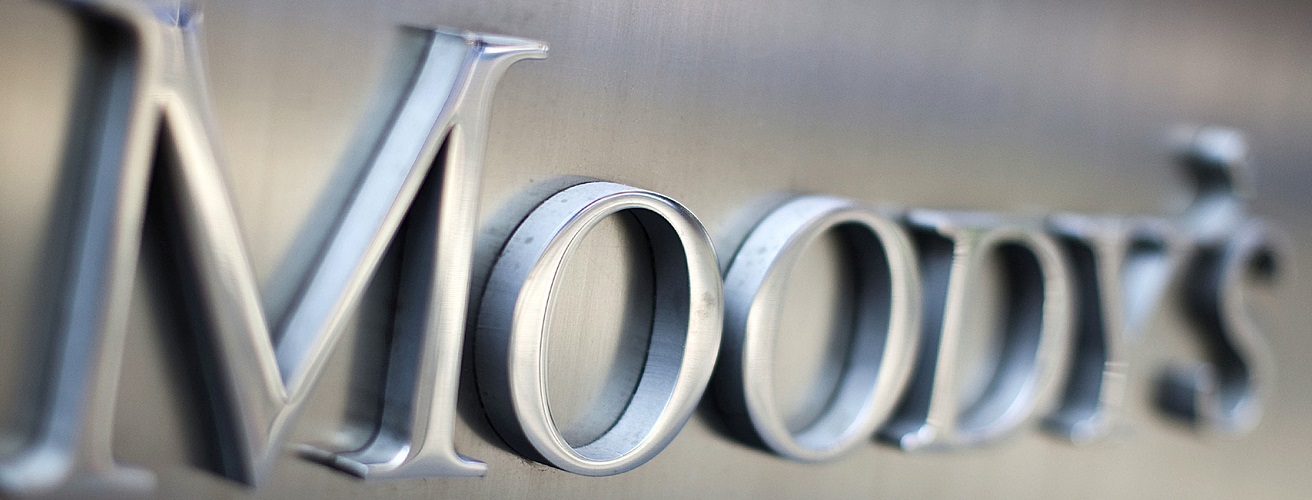
Watching public sector wage developments
The next rating review is by S&P, scheduled for 21 May, with the rating at BB- with a stable outlook. While rating agencies have the prerogative to adjust sovereign credit ratings outside scheduled dates in the event of a sudden deterioration in a sovereign's creditworthiness, the next rating dates for both Moody’s and S&P are only in November.
Holding the line with the public sector wage bill would be a major development and will be closely monitored. Thereafter, the October 2021 Medium Term Budget Policy Statement (MTBPS) will provide new guidance regarding the fiscal position relative to the February 2021 budget and the sovereign risk premium on government debt.
President Ramaphosa is clearly a reforming figure who has received resistance from those with vested interests against reforms. His agenda is slowly but systematically being implemented, as has been evident in dealing with restoring and rebuilding the country’s institutional strength. Lowering the sovereign risk premium on government bonds will underscore his efforts.
Ramaphosa’s indirect approach
Predictions that Ace Magashule’s temporary suspension would cause upheaval in the ANC, has not yet materialised. Former President Jacob Zuma’s expected populist demonstration of power has also not yet come to fruition. What has happened and does this mean that President Cyril Ramaphosa has a strategy which is becoming clearer now?
This strategy could be summarised as one which is very well prepared, which is indirect in its approach and which limits risks as much as possible. The indirect strategy does not present a master plan in public but appears to be ad hoc in nature and uncoordinated. It avoids public exposure and therefore prevents its opposition from having clear targets to aim at.
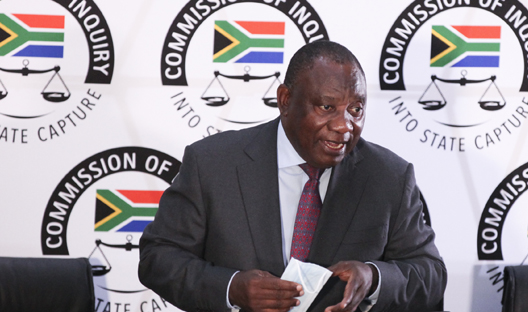
Moves are made indirectly against internal opposition by using commissions of inquiry, parliamentary processes or court processes. On the basis of their conclusions or recommendations, Ramaphosa can then act against persons without having to take the blame that it is a political decision against one of his targets.
At the same time, the organisational or institutional power base of the Magashule and Zuma supporters is eroded. Before 2017, the so-called Premier League of provincial premiers was one of the most important power instruments of the Zuma/Magashule group. At the moment, however, this league does not really exist anymore.
In the North West province, an interim provincial committee was established by the ANC’s NEC. The former Premier, Supra Mahumapelo, has been suspended for five years. In the Free State, the Supreme Court of Appeal has dissolved the provincial leadership and Kgalema Motlanthe is busy with a political process to establish an interim arrangement.
In Mpumalanga, no leadership election has been held since 2017 and factional violence is investigated by the ANC. The KZN provincial leadership has not been dissolved, but instead, co-opted by Ramaphosa. Only the eThekwini region and its leader (Zandile Gumede), who is also charged for corruption, are not his supporters.
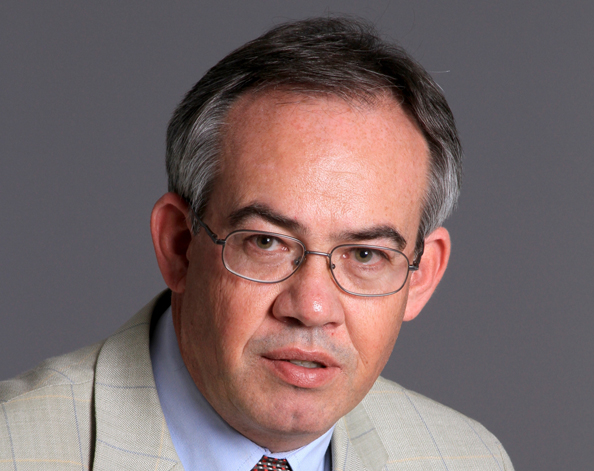
Ramaphosa supporters can expect a political future in the ANC; for the Magashule supporters the future is doubtful.
The indirect strategy has at the moment an additional element in the form of prospective elected local government posts. It means that the Ramaphosa supporters can expect a political future in the ANC; for the Magashule supporters the future is doubtful. You could pay a heavy price at the moment if you are critical of Ramaphosa and his direction. It also applies for prospective cabinet posts; indeed this is a time when Ramaphosa sometimes also refers to a cabinet reshuffle.
Ramaphosa’s strategy was most probably not planned at once but developed over time. One of its elements, which has become more pronounced, is his sustained pressure on the National Executive Committee (NEC). Since the second half of 2020, it has met almost every month.
Ramaphosa’s agenda in the NEC remains the same: pressure on corruption, the rule of law must be respected, and the Zondo Commission must be enabled to perform its task.
Over time it has cultivated a moral atmosphere which the Magashule/Zuma and radical economic transformation (RET) supporters have not been able to counter. Part of it was Ramaphosa’s insistence on implementation of the National Conference resolution that persons charged for corruption and other serious crimes have to step aside. Magashule and others could hardly oppose it, because they were the ones who accused Ramaphosa of not implementing conference resolutions (on the land, Reserve Bank and other issues).
Another pressure point is the Zondo Commission. Its continuous public exposure of corruption has put many Magashule/Zuma supporters onto the back foot. Zuma’s refusal to appear before the Commission is probably the best indicator of how this pressure has already had a paralysing effect on them.
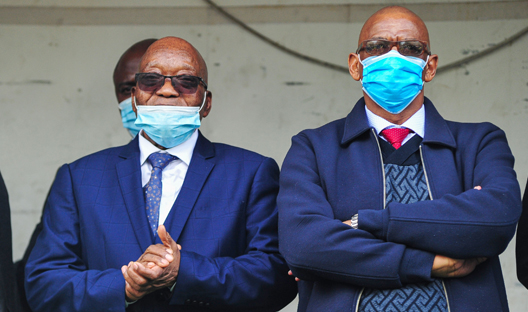
There is little public support for the counter-offence by the Magashule/Zuma faction that the Commission and judiciary in general are part of a political campaign against them.
A significant factor counting in Ramaphosa’s favour, but which is often ignored, is the overwhelming impact of the institutional power of the President (both ANC and national Presidents). No other position in the ANC or government can be compared with it - not even the Secretary General’s.
The best illustration of this point is the history of President Zuma. Despite numerous explicit court judgements and parliamentary motions of no confidence against him, he could not be removed. Only after he lost the power as ANC President, could he be forced to resign. The pattern applied in the case of President Mbeki. Ramaphosa has the combined power of both positions and it makes any attempt to remove him simply impossible.
One of initial weaknesses of the Ramaphosa approach was his communication with the public. Initially, the Secretary General and the ANC spokespersons did it, and his message was not always clear. With the Covid-19 pandemic it started to change.
President Ramaphosa started to use the media more purposefully. He also started to present the NEC feedback to the public himself, and excluded Magashule from it. The RET narrative is thereby denied a public forum, whereas Ramaphosa can dictate the message.
International responses lately could be understood as supportive of the Ramaphosa agenda. The US and UK decisions to impose sanctions on the Gupta family could be interpreted as their recognition that the South African steps against corruption are now more concrete and deserve support. The fact that South Africa, together with India, Australia and South Korea have been invited to attend the G7 summit in June, is an exceptional indication that South Africa is internationally regarded as a country that deserves to be part of global decision-making. It would not have happened if the Ramaphosa leadership’s merit was not clear to them.




